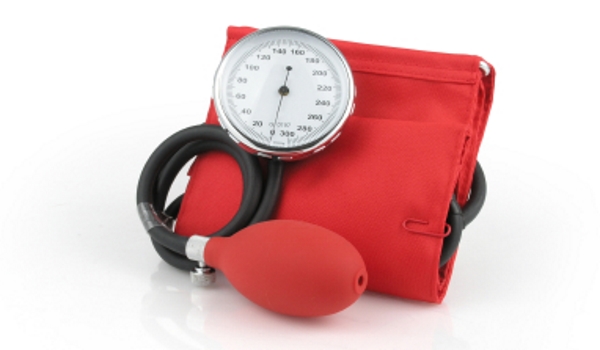Stroke Exercise Programming

Developing an exercise programme for a stroke survivor will really depend on the effects of the stroke and the persons physicall starting position, the programme can be refined accordingly.
Understanding your starting position.
Stroke exercise programming has to deal with the activity limitations that might occur as a result of the stroke. These include a reduced ability to perform daily functions, such as dressing, bathing, or walking, and the resultant difficulty in performing certain movements and forms of exercise. This will obviously have a major impact of the type of stroke exercise programming that will be required and indeed possible.
Increasing physical function.
The primary focus after someone has suffered a stroke is on restoring as much physical function as possible, through a carefully designed program of rehabilitation. Depending on the type of rehabilitation, the therapeutic interventions may improve both intrinsic motor control and functional status, meaning that the effectiveness of the rehabilitation will affect what types of exercise you can perform after your stroke.
Above and beyond rehabilitation for any motor control deficits resulting from the stroke, the second rehabilitation goal for stroke survivors is to reduce the risk of recurrent stroke and also cardiovascular events, both of which occur with greater frequency in patients who have previously had a stroke.
Aerobic, or cardio conditioning programs are a key factor in this. Cardio programs can help stroke victims in various ways.
For example:
- Enhancing glucose regulation
- Promoting decreases in body weight and fat stores
- Reducing blood pressure
- Reducing C-reactive protein, total blood cholesterol, serum triglycerides, and low-density lipoprotein cholesterol.
- Increasing high-density lipoprotein cholesterol
In addition, regular cardiovascular exercise will also improve aerobic fitness. This is vital, with evidence demonstrating that stroke risk can be reduced with regular leisure-time physical activity. For example Lee and Blair (2002) found that men in moderate- and high-fitness groups had a 63% and 68% lower risk of stroke death, respectively, than men in lowest-fitness groups.
When planning fitness programs for stroke survivors, there are two main groups to account for. There are some who have no physical disability as a result of the stroke. These people can begin exercising again as soon as they are cleared by their doctor, and can choose from the full range of activities and exercise options when designing a fitness program.
The other group is those whose stroke has affected their ability to move. For these people, it will be necessary to go through rehabilitation first before embarking on a traditional exercise plan.Physical and occupational therapists will design a program of rehabilitation that focuses on to:
- Training patients for basic functions, focusing on muscle control, strength, coordination, and range of motion
- Skill training
- Building endurance
In summary.
The value of exercise and physical activity for stroke survivors is unquestioned, with numerous studies demonstrating beneficial physiological, psychological, sensorimotor, strength, endurance, and functional effects from exercise. These will not only improve daily living post-stroke, but also reduce the risk for mortality from stroke and cardiac events.
References
Lee CD, Blair SN. Cardiorespiratory fitness and stroke mortality in men. Med Sci Sports Exerc. 2002; 34: 592–595.




